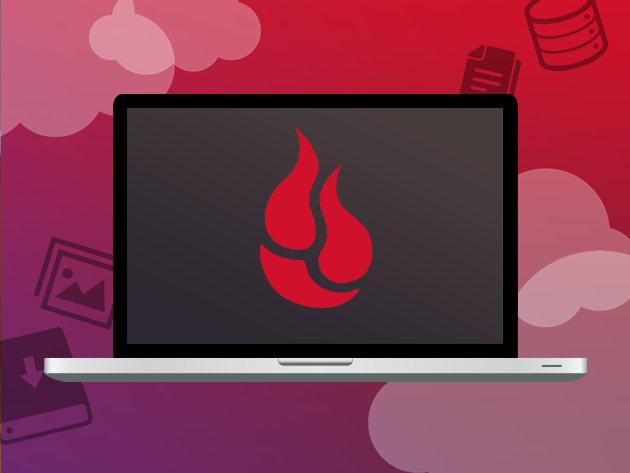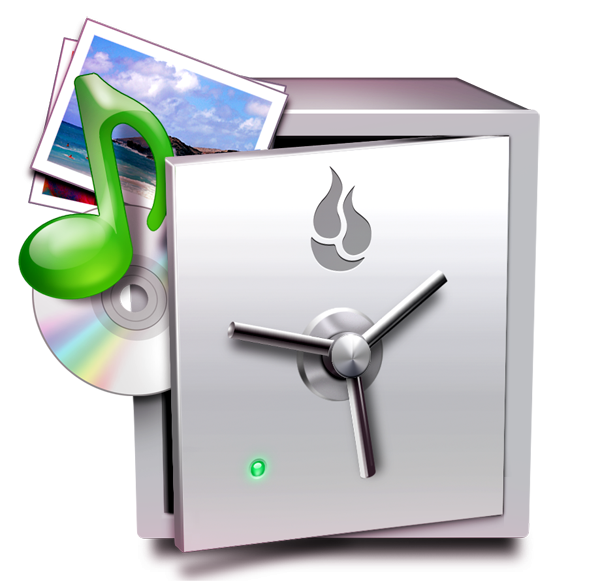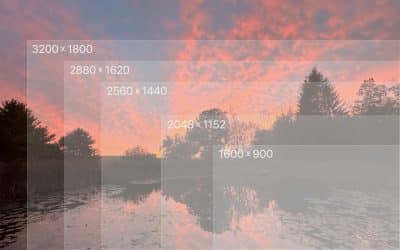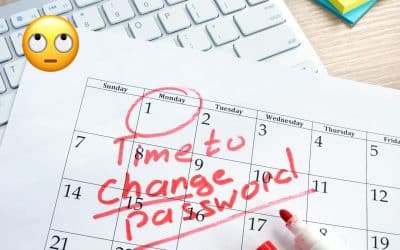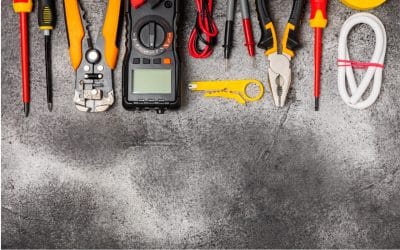All drives will eventually fail and lose data!
In the tech world there are two kinds of people, those that have lost data and those that will lose data. Hard drives are mechanical and will eventually fail, even the new SSD (Solid State Drive) or Flash Memory have a lifespan of just a few years. Keep in mind that drive failure is just a small part of why backup is needed. If you consider how many businesses have hardware that gets lost or stolen each year as well, the total amount of data lost each year is staggering.
What would you do if you lost all your family photos or crucial documents?

What can you do about it?
The best policy is called a 3-2-1 Backup Strategy.
A 3-2-1 strategy means having at least 3 copies of your data, 2 of which are local but on different types of devices and at least 1 copy offsite. We’ll use a folder called “Business Secrets” as an example. Business Secrets lives on your Mac in the office, it contains all the important information needed to run your business. That’s one copy of the data.
You also have an external hard drive that you use as a Time Machine drive. As part of its backup process, that external hard drive will back up all the data that is on your Mac. That’s a second copy, on a different device or medium.
In addition that external hard drive, you also have an online backup solution such as Backblaze. The online backup continuously scans your computer and uploads your data offsite to a datacenter. “Business Secrets” is included in this upload, and that becomes the third copy of your data.
This way, you have quick access to your backups in the office if you accidentally delete the file off your Mac, but if something happens to the office or the Mac is stolen, you will still be able to recover your data from the offsite backup.
Backing Up Is Like Investing!
The 3-2-1 plan is a great start in getting your files backed up. If you view your files as your investment capital, you want to diversify them as much as possible to limit your exposure should the unthinkable happen. Liquidity also matters, having a local backup and an offsite backup gives you more options for backup recovery. That’s why we recommend starting with a 3-2-1 approach.
Providers of offsite backup
There are multiple providers of offsite backup and prices vary greatly. We can help you choose the right solution for your particular needs. In general we have found that Backblaze is a great fit for most Mac users.
- Backblaze
- Mozy
- Carbonite

Next Steps
Now that you have a backup overview in mind, its time to plan how your data will be backed up. Do you need to have a “cloned drive” for your Mac? How about revisions of your files in case you need an older version? How many computers do you have that need backup? These questions and many more can be answered by your consultant. We have the experience needed to find the correct solution for your needs. If your files are important to you, now is the time to make sure that they will always be available to you.
Terms
Offsite
A file storage system that resides outside of your physical location. Usually in a different geographical location.
TimeMachine
Apple’s backup software that is included with all Macs.
HD
Short for Hard Drive. This is a storage medium that uses moving parts to store and read your data. A hard disk is really a set of stacked disks, each of which, like phonograph records, has data recorded electromagnetically in concentric circles or tracks on the disk. A head (something like a phonograph arm but in a relatively fixed position) writes or reads the information on the tracks.
SSD
Short for Solid State Drive. Much like a Hard drive, except it uses memory to store your data. The benefit is there are no moving parts in a SSD thus making it much faster and more durable.
Flash Memory
Also much like a Hard drive, except it uses memory to store your data. The key difference between Flash Memory and an SSD, is that it is not contained in a user-replaceable case. But functionally the same thing as an SSD.

